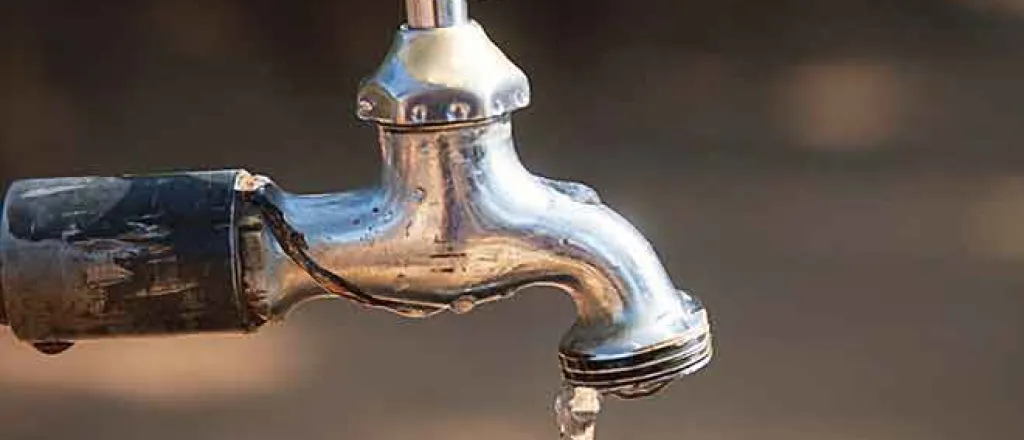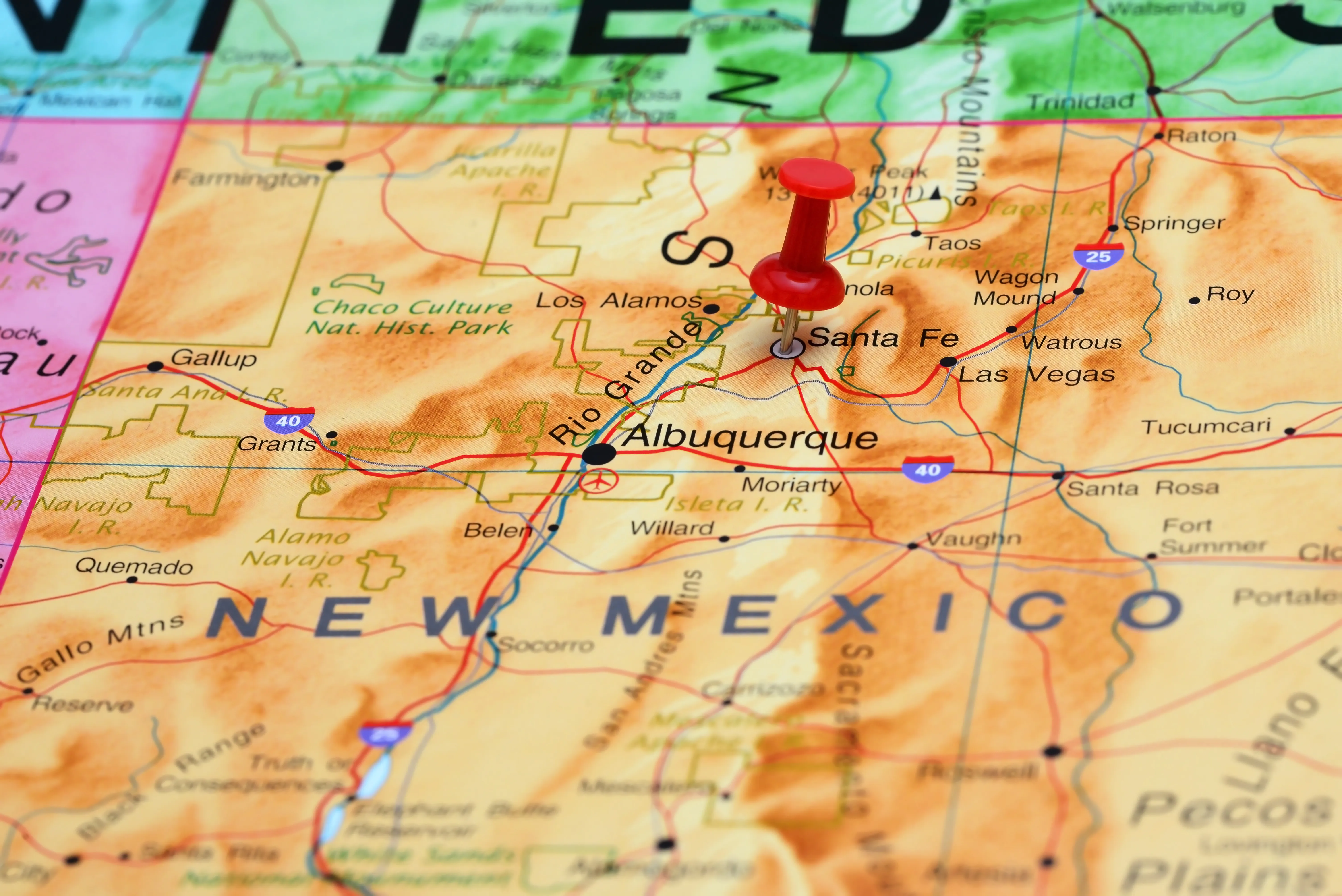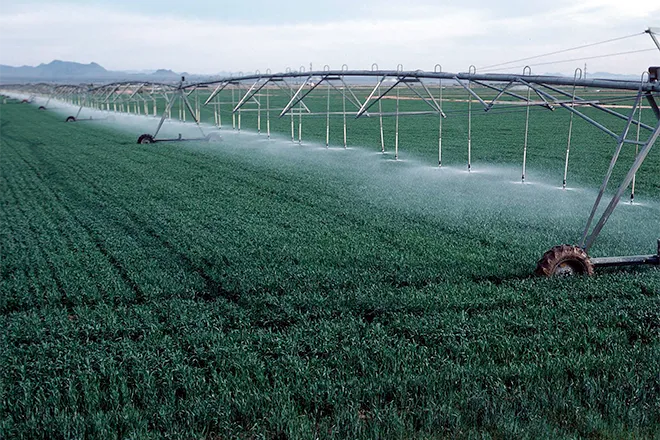
Advocates press for changes to California lead pipe replacement program
(California News Service) October has been Children's Environmental Health Month and this week is National Lead Poisoning Prevention Week, so groups in California that advocate for children's health are asking for changes to the state's 10-year plan to replace lead pipes.
California could get up to $1.25 billion from the infrastructure bill to replace old lead water lines.
Kelly Hardy, senior managing director of health and research for the group Children Now, said a coalition of health and environmental groups has written a letter asking the California State Water Resources Control Board to "get the lead out."
"We're pushing that they use all the available funds to replace all of the pipes and to add filters, so that there's not an increase in lead in the water when the pipes are being replaced," she said, "and also, provide for systematic sampling of the water."
The water board, in a statement, said that in order to receive funding water agencies will have to replace the entire lead line and provide filters and testing. Agencies have two years to inventory lead in utility-owned and customer-owned service lines. The state Division of Drinking Water has inventoried more than ten million water lines and found almost 11-thousand lead fittings but very few lead pipes.
Dozens of water agencies are currently replacing fittings. Hardy wants families to be notified when pipes upstream are undergoing work because just disturbing galvanized pipes to replace them can cause a spike in lead levels in tap water.
"We know that there's no amount of lead that's safe for kids," she said, "and it can cause a whole host of problems: learning disabilities, impaired hearing, hyperactivity, delayed puberty and other health and behavioral effects."
Maps from the California Department of Public Health show the Humboldt, Merced, Sacramento and Santa Cruz areas report high levels of lead in children's blood, compared with other areas of the state. People can contact their local water district to ask for data on lead levels in the water as well as lead-abatement efforts.

















